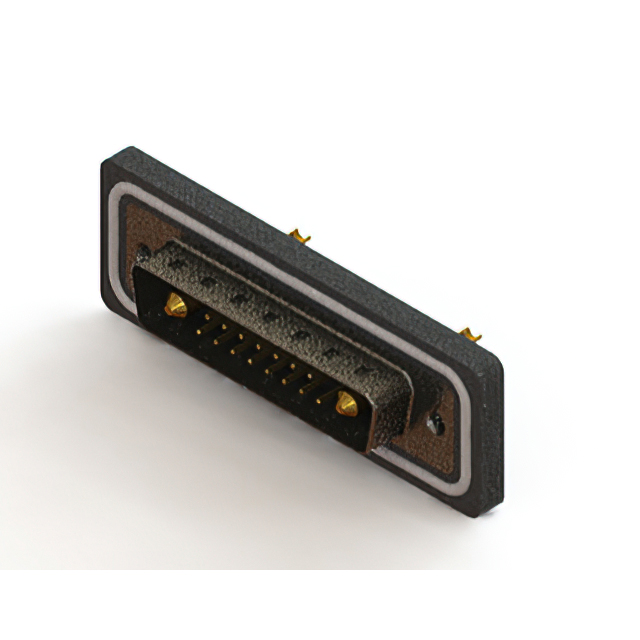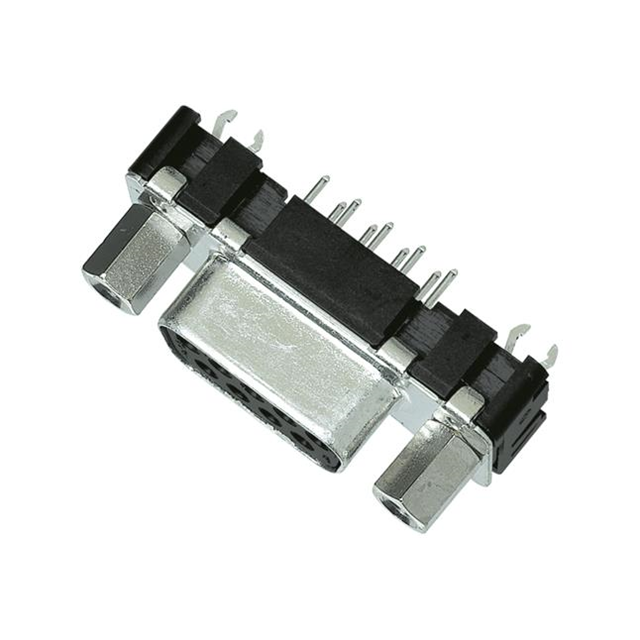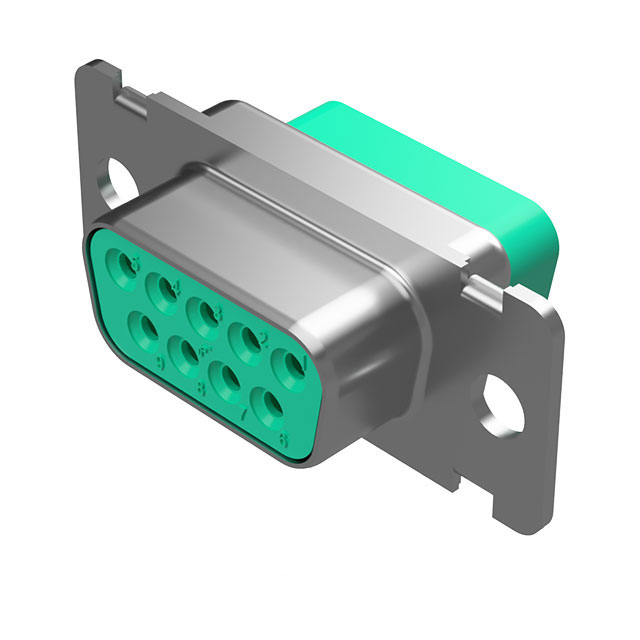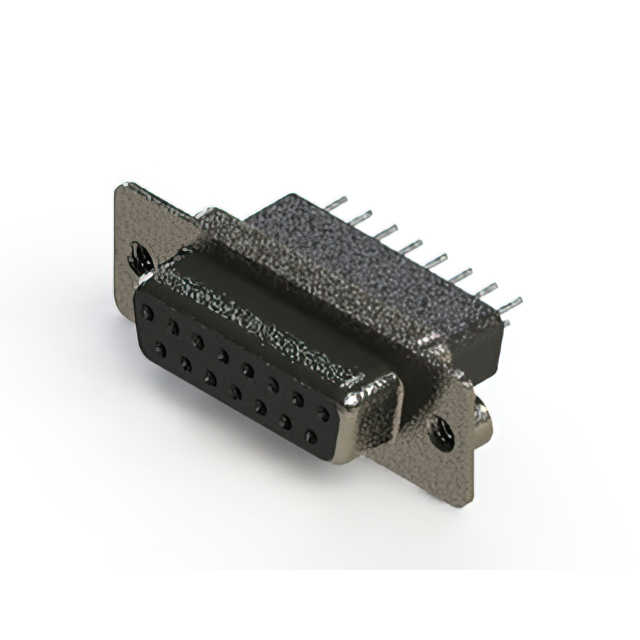

- RFQ
- BOM
-
Contact Us
Tel: +86-0755-83501315
Email: sales@sic-components.com
- Chinese
- English
- French
- German
- Portuguese
- Spanish
- Russian
- Japanese
- Korean
- Arabic
- Irish
- Greek
- Turkish
- Italian
- Danish
- Romanian
- Indonesian
- Czech
- Afrikaans
- Swedish
- Polish
- Basque
- Catalan
- Esperanto
- Hindi
- Lao
- Albanian
- Amharic
- Armenian
- Azerbaijani
- Belarusian
- Bengali
- Bosnian
- Bulgarian
- Cebuano
- Chichewa
- Corsican
- Croatian
- Dutch
- Estonian
- Filipino
- Finnish
- Frisian
- Galician
- Georgian
- Gujarati
- Haitian
- Hausa
- Hawaiian
- Hebrew
- Hmong
- Hungarian
- Icelandic
- Igbo
- Javanese
- Kannada
- Kazakh
- Khmer
- Kurdish
- Kyrgyz
- Latin
- Latvian
- Lithuanian
- Luxembou..
- Macedonian
- Malagasy
- Malay
- Malayalam
- Maltese
- Maori
- Marathi
- Mongolian
- Burmese
- Nepali
- Norwegian
- Pashto
- Persian
- Punjabi
- Serbian
- Sesotho
- Sinhala
- Slovak
- Slovenian
- Somali
- Samoan
- Scots Gaelic
- Shona
- Sindhi
- Sundanese
- Swahili
- Tajik
- Tamil
- Telugu
- Thai
- Ukrainian
- Urdu
- Uzbek
- Vietnamese
- Welsh
- Xhosa
- Yiddish
- Yoruba
- Zulu
- Kinyarwanda
- Tatar
- Oriya
- Turkmen
- Uyghur
Power Switch
I. Core Definition and Essential Role of Power Switches
A power switch is a core component in circuit systems that controls the on/off of electrical energy. Its primary function is to start, stop, or adjust the power supply to loads through the switching of mechanical contacts or electronic signals. In essence, it serves not only as a physical "power on/off" controller but also as a critical hub for the safety, reliability, and energy efficiency of power systems. In typical applications, a 24V/10A DC power switch must complete switching within 50μs while keeping contact resistance below 50mΩ to avoid excessive heat loss. https://www.sic-components.com/switches
II. Comprehensive Technology Analysis: The Evolution from Mechanical to Electronic Switches
(A) Mechanical Switches: The Foundation of Traditional Reliability
Basic Types and Structural Principles
Pushbutton Switches: Achieve momentary on/off through pressing, divided into latching (e.g., main power switches) and non-latching (e.g., doorbell switches). Contact travel is typically 1–3mm, with a lifespan exceeding 100,000 operations.
Toggle Switches: Feature sliding contact designs, commonly used for gear adjustment in home appliances (e.g., three-speed fan control). Rated currents range from 1–15A, with IP67 waterproof models available (e.g., ALPS SKHW series).
Rotary Switches: Switch gears by rotating, widely used in multi-mode control for industrial equipment. They can integrate 1–12 layers of contacts and support long-term operation at 24V/10A.
Core Advantages and Technical Limitations
Advantages: Intuitive operation, high surge resistance (up to 5x rated current), no additional driver circuits required.
Limitations: Mechanical wear leads to poor contact (lifespan: 10³–10⁶ operations); arcing occurs during high-frequency switching (requires RC arc suppression circuits).
(B) Electronic Switches: The Core of the Intelligent Era
Semiconductor Switches
MOSFET Switches: Control conductive channels via field-effect principles. N-channel types (e.g., IRF540N) are suitable for low-voltage, high-current scenarios (100V/33A), with on-resistance as low as 16mΩ and switching speeds exceeding 100kHz. Widely used in laptop power management.
IGBT Switches: Combine the high-speed characteristics of MOSFETs with the high-current capability of bipolar transistors, with withstand voltage up to 6500V (e.g., Infineon FF450R12ME4). Used in industrial inverters and new energy vehicle motor control, reducing switching losses by 40% compared to traditional thyristors.
Solid-State Relays (SSR): Contactless design with input-output isolation voltage up to 2500V and response time < 10μs. Suitable for high-precision instruments and corrosive environments, e.g., Omron G3VM-40QR.
Electromagnetic Relays: The Optimal Compromise
Working Principle: Electromagnetic force from a coil drives contacts, offering wide voltage isolation (20–1000VDC). Typical models like TE SR series support 10A/250VAC with a lifespan of 10⁵ operations.
Technical Upgrades: Reed relays use hermetically sealed reed switches with contact resistance variation < 5mΩ, ideal for signal switching in medical devices.
III. In-Depth Interpretation of Core Technical Parameters
(A) Electrical Performance Parameters
Parameter Mechanical Switch Typical Value MOSFET Switch Typical Value Application Impact Analysis
Rated Voltage 250VAC/30VDC 100V/600V Determines the applicable voltage range of the circuit
Rated Current 1–50A 10–200A Affects temperature rise and long-term reliability
Contact Resistance 50–100mΩ 10–50mΩ Directly causes power loss (P=I²R)
Switching Time 1–10ms 10–100ns Determines suitability for high-frequency scenarios
(B) Environmental Adaptability Parameters
Temperature Range: Industrial-grade products support -40°C to +85°C (e.g., automotive relays); military-grade products withstand -55°C to +125°C.
Protection Rating: IP67 rating means complete dust protection and short-term water immersion (e.g., sealed switches for outdoor equipment).
Vibration/Shock Resistance: Mechanical switches must pass 50g shock tests (complying with GJB150 standards).
IV. Full-Scenario Application Solutions
(A) Consumer Electronics: Miniaturization and Low Power Requirements
Smartphones: Use 0.3mm-thick membrane switches (e.g., Nissha products) with Hall sensors for contactless wake-up, standby current < 1μA.
Smart Home: Wi-Fi smart switches (e.g., TP-Link KP115) integrate MCUs and wireless modules for remote control and energy monitoring, with power measurement accuracy up to 1%.
(B) Industrial Control: High Reliability and Long Lifespan Design
PLC Control Systems: Use 24VDC/10A electromagnetic relays (e.g., Panasonic DS2Y) with surge suppression circuits for 100,000 failure-free operations.
Robot Joints: Adopt high-voltage IGBT modules (e.g., Mitsubishi CM100DY-24H), supporting 200A peak current at 400V bus voltage with response time < 5μs.
(C) New Energy Field: Challenges of High Voltage and Current
EV Battery Management: 400V systems use 600V-rated MOSFET modules (e.g., Infineon CoolMOS) with active balancing, reducing switching losses by 15%.
PV Inverters: 1500V systems employ solid-state relays (e.g., IXYS SSR1D4812) for electrical isolation and arc-free switching, achieving 98.5% efficiency.
V. Golden Rules for Selection and Decision-Making
(A) Scenario-Driven Selection Matrix
Application Scenario Core Requirements Recommended Type Key Parameter Priority
Household Lighting Safety, ease of operation Mechanical toggle switch Rated current > 1.5x load
Server Power Supply High-frequency switching, low loss MOSFET module On-resistance, switching speed
Medical Equipment Contactless, high precision Solid-state relay Isolation voltage, contact resistance stability
Automotive Electronics Wide temperature, anti-vibration Sealed electromagnetic relay Temperature range, protection rating
(B) Design Optimization Tips
Derating Design: Maintain a 20–30% margin for rated current (e.g., choose a 15A switch for a 10A load).
EMC Design: Add common-mode chokes (suppress 30–100MHz noise) and shielding for high-frequency switches.
Thermal Management: Configure heat sinks for high-current switches (e.g., aluminum heat sink ≥100cm² for 100A MOSFETs).
VI. Technical Trends and Frontiers
(A) Material Technology Breakthroughs
Silicon Carbide (SiC) Switches: Compared to silicon MOSFETs, withstand voltage increases 3x (up to 1700V), on-resistance decreases 50%, suitable for 800V EV platforms (e.g., Tesla Model 3 rear-drive inverter).
Graphene Contacts: Contact resistance can drop below 1mΩ, lifespan extends to 10⁸ operations (under laboratory testing).
(B) Intelligent Upgrades
Condition Monitoring Switches: Integrate temperature/current sensors (e.g., TI’s TPS2491), achieving overcurrent protection response time < 1μs.
Wireless Control Switches: Bluetooth Mesh technology enables smart grid integration, supporting 200+ node networking (e.g., Philips Hue system).
(C) Energy Efficiency Innovations
Zero-Voltage Switching (ZVS) Technology: Resonant circuits reduce switching losses to near zero, applied in power conversion systems above 10kW.
Energy Recovery Switches: Convert arc energy to electrical energy during disconnection (efficiency up to 90%), tested in high-end industrial equipment.
VII. Reliability Design and Failure Analysis
(A) Typical Failure Modes
Mechanical Switches: Contact oxidation (accelerated at humidity > 60%), spring fatigue (operation frequency > 10 times/second).
Electronic Switches: ESD damage (Vulnerable to ±2kV surges without grounding.), thermal runaway (junction temperature > 150°C).
(B) Reliability Enhancement Solutions
Mechanical Switches: Gold-plated contacts (thickness > 5μm) + nitrogen sealing (reduces oxidation).
Electronic Switches: Over-temperature protection circuits (threshold set at 125°C) + gate drive resistor optimization (reduces oscillation risk).
VIII. Conclusion: The Technical Evolution and Industrial Value of Power Switches
From 19th-century knife switches to 21st-century silicon carbide intelligent switches, the evolution of power switches reflects the deep integration of power electronics technology and application scenarios. Under the global carbon neutrality goal, technological innovation is accelerating along the path of "high efficiency - intelligence - integration":
Consumer End: Miniaturization and low-power demands drive the integration of membrane switches and sensors.
Industrial End: High-voltage and high-reliability requirements promote large-scale application of SiC/IGBT modules.
Energy End: Grid connection of renewable energy drives the combination of solid-state relays and smart grid technology.
For engineers, understanding the electrical characteristics, failure mechanisms, and scenario adaptability of different switches is key to safe and efficient circuit system operation. With breakthroughs in new materials and intelligent technology, power switches will evolve from single-function devices to smart nodes with state sensing and energy management, continuously empowering the global electrification process.
https://www.sic-components.com/switches

Hot Products
View MoreRelated Blogs

2000+
Daily average RFQ Volume

30,000,000
Standard Product Unit

2800+
Worldwide Manufacturers

15,000 m2
In-stock Warehouse




















 Wishlist (0 Items)
Wishlist (0 Items)